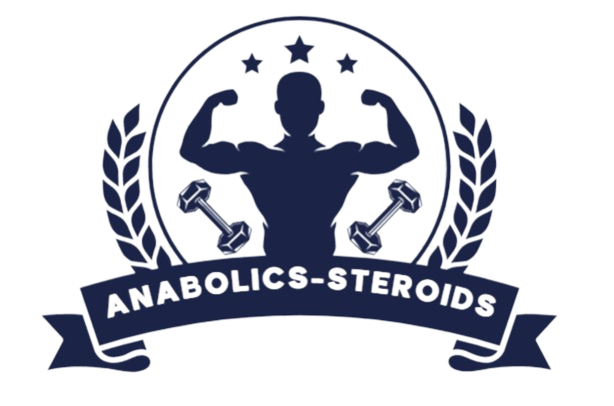You stroll into the gym fired up to train your upper body, but all the benches are taken, the dumbbell rack is a war zone, and cable stations are backed up like it’s Black Friday. Before you consider bailing out, take a look in the corner. There it is: one lonely kettlebell waiting just for you.
Please don’t overlook the power of the kettlebell when it comes to upper body training. One kettlebell can be your best friend when equipment is limited and time is tight. With some imaginative programming, that one piece of iron can build pressing strength, back thickness, boulder shoulders, and flex appeal.
Here, I’m putting that single kettlebell to work with a no-frills upper body workout that incorporates a heavy dose of unilateral training, designed to build muscle and strength using just one kettlebell.
Let’s get after it.
Kettlebell Pros and Cons
Like any piece of gym equipment, the kettlebell has its strengths and limitations. It’s not better or worse than dumbbells or barbells; it’s just different. Here are the pros and cons of using kettlebells exercises for your strength workouts.
Pros of Working Out With Kettlebells
Stability and Coordination: Kettlebells, especially in single-arm positions, challenge your body to stabilize through your core and shoulders heavily due to the kettlebells’ offset weight distribution. This leads to strengthening imbalances between sides and strength that transfers to other lifts.
Grip and Shoulder Builder: The offset handle and shape of a kettlebell require your grip and stabilizing muscles to work overtime while pressing, pulling, and swinging. These factors make it a fantastic tool for building healthy shoulders and forearms.
Cons of Working Out With Kettlebells
Technique Matters: Kettlebells demand more control than dumbbells due to the offset nature of the kettlebell. If your form is off, it can lead to unnecessary strain or poor form.
Weight Limitations: If you only have access to one kettlebell, you may eventually outgrow it for specific exercises, such as rows or presses. Furthermore, most kettlebells are only available in specific sizes, and large weight increments are standard. The workaround? Increase time under tension, reps, or tempo.
The Ultimate Single Kettlebell Upper Body Workout
This routine is all about doing more with less—just you, one kettlebell, and this workout. The focus here is on compound exercises, unilateral loading, and time under tension. You’ll train your shoulders, chest, back, arms, and core while dialing in your balance and coordination.
Next time you need a stopgap upper body training, use this as your Plan B workout.
Kettlebell Upper Body Workout Instructions
Three Supersets: Two exercises performed back-to-back with minimal rest.
Three Rounds per Superset: Perform each pairing three times before proceeding to the next one.
Minimal Rest Between Exercises: Just enough to switch sides.
Two Minutes of Rest After Each Superset: Grab water, chill, then go again.
Reps: 6–15 reps per exercise, depending on the exercise and your goal.
1A. Kettlebell Floor Press: 6 to 12 reps per side
- Trains: Chest, triceps, shoulders.
- Tip: Lower with control until your elbow touches the floor.
1B. Kettlebell Unilateral Gorilla Row: 10 to 15 reps per side
- Trains: Lats, upper back, rear delts, biceps.
- Tip: Brace your opposite arm on your knee, keep your back flat, and row low toward your hip.
2A. Kettlebell Clean & Press: 6 to 8 reps per side
- Trains: Shoulders, upper back, biceps, triceps.
- Tip: Once in the rack position, press the kettlebell overhead while squeezing your glutes and bracing your core.
2B. Kettlebell Horn Curl To Front Raise: 10 to 15 reps
- Trains: Biceps, forearms, front delts.
- Tip: Grip the horn tight, and once the kettlebell is curled up, press out in front of you and perform an eccentric Front raise.
3A. Kettlebell Bent Over Switch Row: 15 reps on both sides
- Trains: Lower back, upper back, lats, biceps, forearms.
- Tip: Perform with quickness and control and switch hands carefully.
3B. Kettlebell Tall-Kneeling Overhead Triceps Extension: 12 to 15 reps
- Trains: Triceps, Glutes.
- Tip: Use both hands to guide the bell behind your head, and then extend your elbows. Keep your core braced and elbows tucked in.
Single Kettlebell Upper Body Workout Tips
To squeeze every drop of strength and muscle from this workout, focus on these three keys.
Control the Tempo
The eccentric phase, which involves lowering the weight, is where much of the muscle-building magic occurs. Controlling that tempo creates more time under tension, leading to better gains. For example:
Kettlebell Floor Press (1A): Lower the kettlebell slowly until your elbow gently touches the floor, avoiding bouncing or rushing.
Horn Curl to Front Raise (2B): Control both the upward curl and the front raise on the way down for extra delt and biceps gains.
Stay Grounded
With unilateral upper-body training, both your core and lower body are equally important as your upper body. Maintain a strong stance, engage your glutes, and keep your core braced throughout. For example:
Unilateral Gorilla Row (1B): Keep your feet grounded, back flat, and core braced for better form.
Tall-Kneeling Triceps Extension (3B): Kneeling removes lower-body cheating and puts more focus on the working muscle. Brace your core and glutes as if your triceps depended on them.
Move with Purpose
Yes, some of these movements are designed to be quick, but that doesn’t mean they should be sloppy. Precision, focus, and a strong mind-muscle connection will ensure that you’re training the target muscles effectively. For example:
Switch Row (3A): Move fast, but stay in control. Keep your spine neutral and your hips still as you switch hands.
Clean & Press (2A): Clean the bell up with power, then own the rack position, brace hard, and press the weight overhead.



